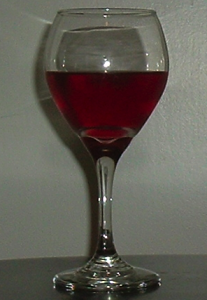 Summer is so close that you can practically taste it! Well, in my case, the tasting is more literal than figurative, because right now, I'm enjoying a chilled glass of rosé and dreaming about the beach. Rosé is the quintessential summer wine: it's light and refreshing, meant to be enjoyed chilled, and goes perfectly with summer foods like grilled chicken and fresh salads.
Summer is so close that you can practically taste it! Well, in my case, the tasting is more literal than figurative, because right now, I'm enjoying a chilled glass of rosé and dreaming about the beach. Rosé is the quintessential summer wine: it's light and refreshing, meant to be enjoyed chilled, and goes perfectly with summer foods like grilled chicken and fresh salads.
"But what's up with that color?" you might ask (especially if you're of the male persuasion). Yes, rosé is pink. But don't let this deter you! Remember that rosé is pink by necessity, not design. Rosé attains is color, which can vary from a pale orange to a vivid purple, because at the beginning stages of winemaking, red-skinned grapes are crushed and allowed to remain in contact with the wine for about two or three days. The skins are then discarded, but they were in the mixture long enough to impart their color--and flavor--to the finished product. The skins give rosé its appealing tart, flavorful quality, setting it apart from the generally lighter white wines.
In the 1970s, the style was for rosés to be of the medium-sweet variety. This has perhaps contributed to a negative public perception of rosé: many think of it as a pink, sweet wine that isn't taken seriously by true wine connoisseurs. But what's stylish and cool in the wine world is constantly changing, and as a result, drier, bolder rosés are now all the rage. Rosé is being produced in new and different ways that are resulting in unique and complex wines: many rosés are now made from grapes from the Rhone region such as Syrah and Grenache. And in France, arguably the wine capital of the world, sales of rosé have now surpassed the sales of white wine.
So how do you pick a good one?
The number one characteristic of a good rosé is crispness. "Crisp," in wine terms, conveys that a wine has a tart, acidic quality--one that's not overbearing, but is rather pleasing and refreshing. Taste a couple of rosés, and you'll probably find yourself especially enjoying those that are highly crisp.
The best way to pick a good rosé is by region. And since rosé is so popular in France, it is France that produces the highest-quality rosés. Look for the region on the bottle to get a better idea of what's inside. Rosés from Bandol and Cassis are very high quality. They are usually dry and well-balanced. But since these are the best rosés, they are usually also the most expensive. If you're looking for something a little more budget-friendly, look for rosés from the French regions of Tavel and Lirac (which produce dark, rich rosés more like red wine than white), and Coteaux du Languedoc (which produces a wide variety of rosés that are usually of good quality and inexpensive).
So give summer a warm welcome this year: next time you get the urge to cook on the grill and eat outside, pick up a delicious, refreshing rosé to complement your summer mood.


